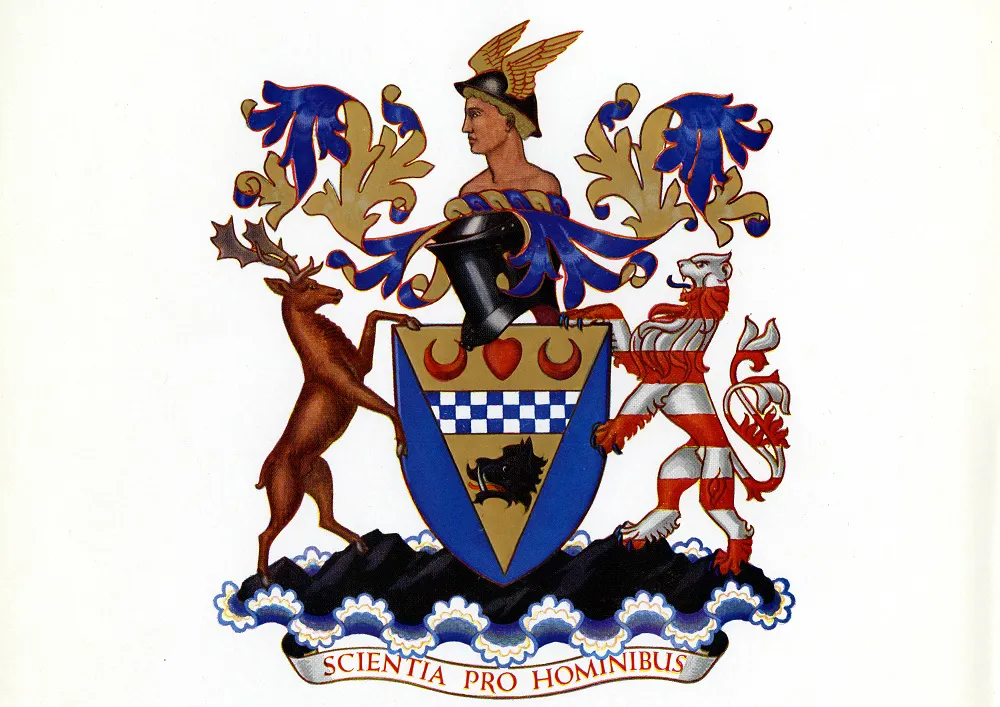
IERE Coat of Arms
The Institution of Electronic and Radio Engineers (IERE) had its origins in the 1920s, with the growth of broadcasting and the increasing availability of wireless sets for home use.
The Institution of Electrical Engineers (IEE) had established a Wireless Section in 1919, its first specialist technical group, however, many involved in the industry felt that the Wireless Section did not cover all their interests, and some were excluded from full membership due to a lack of formal technical qualifications.
This led to James Nelson MIEE proposing a new institution for radio engineering in 1925.
The new institution was formally established at a meeting at the Hotel Russell on 30 October 1925. It was to be called the British Institute of Radio Engineers, but the name was changed to the Institute of Wireless Technology (IWT) to avoid confusion with the American Institution of Radio Engineers. The IWT quickly flourished - the first exams were held in 1929, the first local section - Birmingham - was founded in 1931, and it was incorporated in 1932.
In 1932, some members of the IERE formed their own organisation, the British Institution of Radio Engineers (BritIRE). Many radio engineers worked with both bodies, and in 1941 they merged to form the British Institution of Radio Engineers.
Through the 1940s, 1950s and 1960s, the BritIRE set up local and international centres and held major conferences and conventions. The BritIRE received royal patronage from King George VI and Earl Mountbatten, who also served twice as President. In 1960 membership stood at over 6,300, and in 1961 it was awarded a Royal Charter.
In 1964 the Institution changed its name to the Institution of Electronics and Radio Engineers (IERE), to reflect the broadening interests of its members. Membership reached 10,000 in 1965, and more links with the IEE were formed – a permanent joint liaison committee was set up in 1965, and the IEE began to use the IERE’s facilities in Bangalore for its members in India.
A Joint Working Party with the IEE was set up in 1984 to consider closer links between the two institutions, given the increasing overlap in membership. Its report was issued at the end of 1985, and on 11 December 1986 Special General Meetings were held simultaneously by both institutions. Both returned substantial majorities in favour of a merger, to take effect in October 1988. In 1987 the IERE moved into Savoy Hill House, the building adjoining the IEE’s Savoy Place headquarters, and in September 1988 the final IERE conferences and its last AGM took place. The two institutions formally merged on 1 October 1988.
More information on the IERE and its archive collections can be found by searching the Archives catalogue
